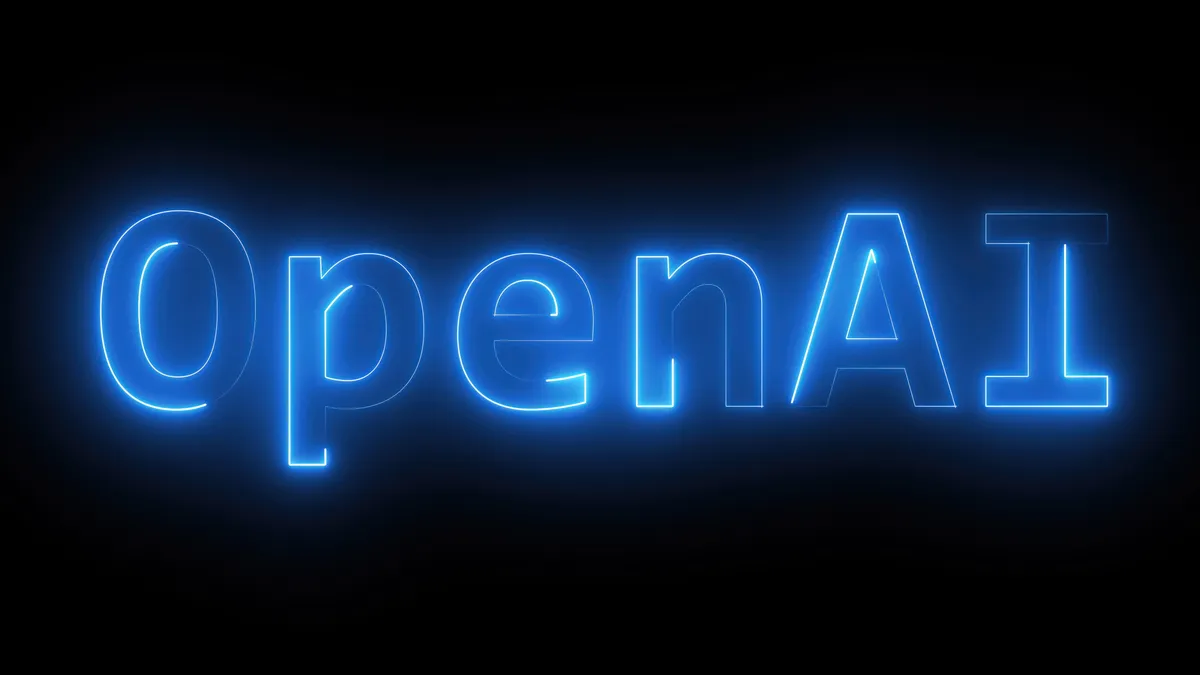“Sociable” is the latest commentary on important social media developments and trends from industry expert Andrew Hutchinson of Social Media Today.
If you follow broader news in the tech sector at all, you have no doubt seen reports about the chaos at OpenAI, the maker of ChatGPT and Dall-E, among other AI projects. The company is seemingly now imploding before our eyes, marking what may be the fastest, and most unusual fall from grace that we’ve ever witnessed.
And while the dust is yet to fully settle, it does seem like a significant shift in AI development is coming, which relates to several social media platforms directly, and could influence their trajectory on this front going forward.
First off, there’s the Microsoft angle, which has become a key player in the OpenAI debacle.
Over the weekend, once the OpenAI board decided to fire CEO Sam Altman, Microsoft immediately readied to take him on, and it still seems poised to reposition Altman as the CEO of its own, new AI arm, if the OpenAI board is unable to retain him.
The uncertainty over where Altman will wind up is the current stalling point. Many OpenAI staff have vowed to walk if Altman is not reinstated, while OpenAI’s board is still seemingly undecided on the best path forward. Altman has been in talks to potentially return, under certain conditions, but it’s unclear whether the OpenAI team will agree to such.
Negotiations, as they say, are ongoing.
Microsoft, meanwhile, has invested billions into OpenAI, in order to become a key player in the rapidly evolving AI space. Along with this, Microsoft has also now built generative AI elements, based on OpenAI’s GPT system, into virtually all of its tools and platforms, including LinkedIn.
At the same time, Microsoft has reportedly committed $50 billion to AI infrastructure over the next five years, in order to boost its capacity, again largely on the back of its partnership with OpenAI.
Essentially, OpenAI is already Microsoft’s AI arm, and it’s deeply invested in securing its future operations on this front, either by facilitating a re-establishment of OpenAI’s board and executive, or by taking on as many OpenAI employees as it can, if things end up falling apart.
In a social media context, there’s not a heap more that’s immediately on the cards, as LinkedIn has already crammed AI elements into almost every aspect of its platform as it is. But Microsoft will no doubt be looking for new angles and tools as time goes on, which is where these negotiations are relevant.
Will the changes at OpenAI derail Microsoft’s broader AI plans? That seems unlikely.
If anything, a full ouster of Altman will likely expedite Microsoft’s own AI development, by handing it a number of key staff, though it could change the development trajectory of AI tools more broadly, in terms of safety versus development. Which has reportedly been at the core of the conflict within OpenAI, with board members and staff in disagreement around fundamental approaches on these grounds.
We don’t have all the details on this as yet, but essentially, Microsoft looks well-placed to move forward with its AI plans, regardless of the final outcome.
Another AI player is Meta, which is developing its own generative AI models, and has even partnered with Microsoft on some projects.
Meta could also stand to benefit here, if OpenAI does indeed fall apart, which is still possible, based on the number of staff pledging allegiance to Altman, and vowing to quit OpenAI unless he’s reinstated.
Those employees will be in high demand for other AI projects, and Meta could snap them up, while it may also see Microsoft increase its reliance on its partnership with Meta for future AI development, if it ends up seeking more stability, depending on what’s left of the OpenAI team.
X, via its xAI project, has also opened the door to any OpenAI staff that may want to come on board to help it develop its AI tools. It now has its own chatbot, in Grok, and internal knowledge of OpenAI’s systems would be of great benefit to its evolving projects.
xAI still remains a smaller player, in comparison to Meta, Google, and Microsoft (via OpenAI). But Elon Musk is keen to be a leader, and he’s also super keen to destroy OpenAI if he can, given his past relationship with the company.
Salesforce has also put the call out to OpenAI staff looking for a new project, while others will be putting out feelers to see what they can get.
Essentially, a full breakdown of OpenAI would shake-up the AI development landscape, and ultimately benefit the remaining players, while OpenAI itself fades out.
The alternative is that OpenAI can come to an agreement with its former leaders, and establish a new way forward, but negotiations remain ongoing, and it’s hard to know exactly where things will end up at this stage.













